Holocaust
Riga, Latvia 23 November 2014
On , | No Comments | In Holocaust, Riga | By
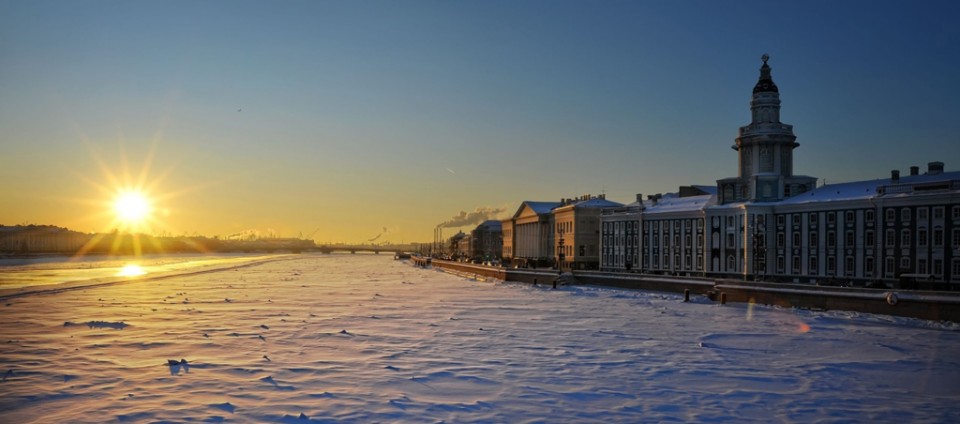
After spending a few days in St. Petersburg, I flew back to Riga, Latvia, yesterday. On the plane I asked myself how I felt, returning after 10 years. Part of me does not want to look again at what happened here over 73 years ago. My breath was shallow, and I felt like I was physically bracing myself for this visit. I plan to go to Kalman Aron’s home, the ruins of his neighborhood synagogue, the ghetto where he was imprisoned for 2 ½ years as well as the killing fields in Rumbula forest where his mother, Sonia, was killed with 25,000 other Riga Jews on 2 days in 1941. So I ask myself:
How do I ground myself and stay fully in my body?
How do I honor and hold all involved—the victims and the perpetrators—in light and love?
How do I heal the fears, shadows and darkness in my own body and transmute them into light?
I do not know the answers. I think this is a practice. But I am ready to see the places that defined Kalman Aron’s life.
I first visit his home on 40 Moscow Street. I looked and looked for it ten years ago, but I only had a description: a 5-story building with a courtyard and a two-story building at the back of the courtyard, facing the Daugava River. Kalman lived on the second floor at the back, overlooking the river. I found it today. It is in the photo across the street from me where a man is entering the five-story building. I walked around the back and saw the small building where he lived and I saw the window Kalman looked out across the river to an island where his first “love” lived with her mother. He proudly took her to a ball at the his art school, the Riga Fine Arts Academy. After the Germans entered Riga on July 1 of 1941, he snuck across the river to the island to see if they were OK. The small home was empty. Mother and daughter were gone, never to be seen again.
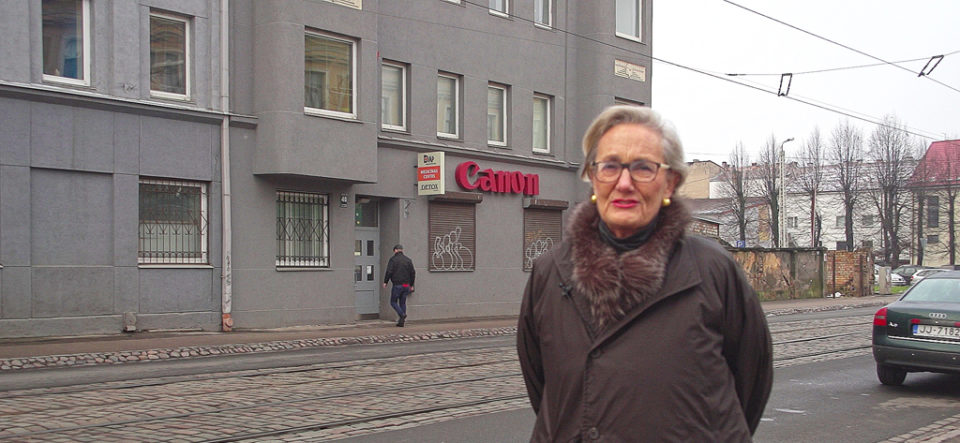
I next go to the memorial for the Choral Synagogue in Kalman’s neighborhood. Several hundred Jews, hiding from Lithuania, were burned alive when the Nazis locked the doors and set it on fire. Kalman saw the flames. Since I was here in 2004 a new white monument has been built to honor the Latvians who risked their lives to save Jews by hiding them in their homes. Throughout Latvia 729 Jews were hidden, of which 544 survived. In Riga alone 256 were hidden, of which about 200 survived. Janis Lipke, who saved over 50 Riga Jews, is listed on this monument as well.
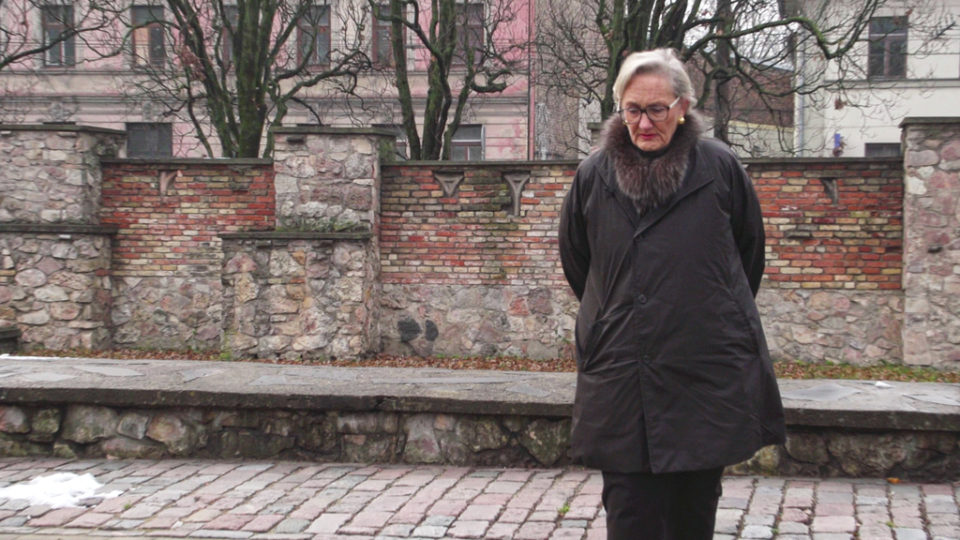
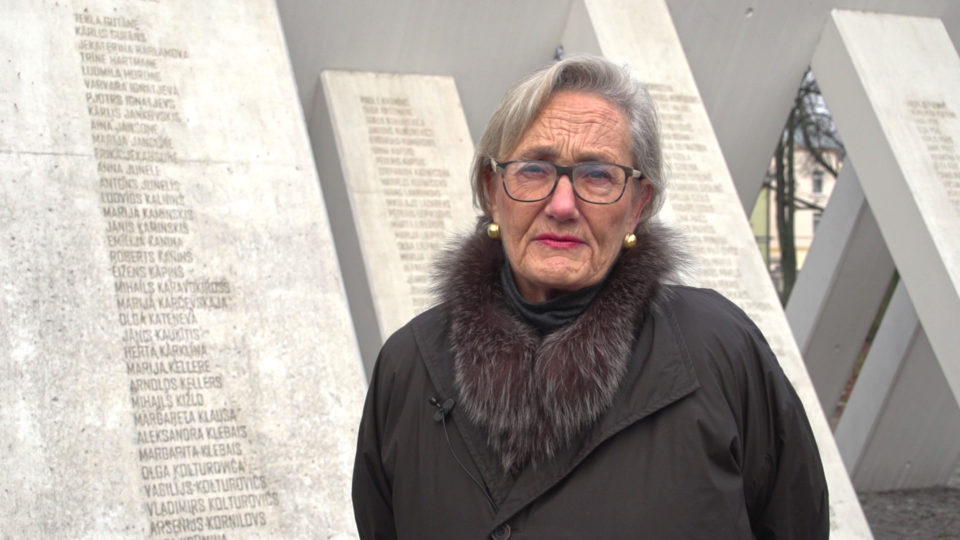
I then stop at the Old Jewish Cemetery. Founded in 1725, it was the first Jewish cemetery in Riga. By the end of the 1930s it was full. On July 4, 1941, when the Nazis burned all but one synagogue in Riga, they burned the buildings associated with the cemetery. They later buried in mass graves Jews who died in the Riga ghetto. Today it is a park although stones remain from old graves.
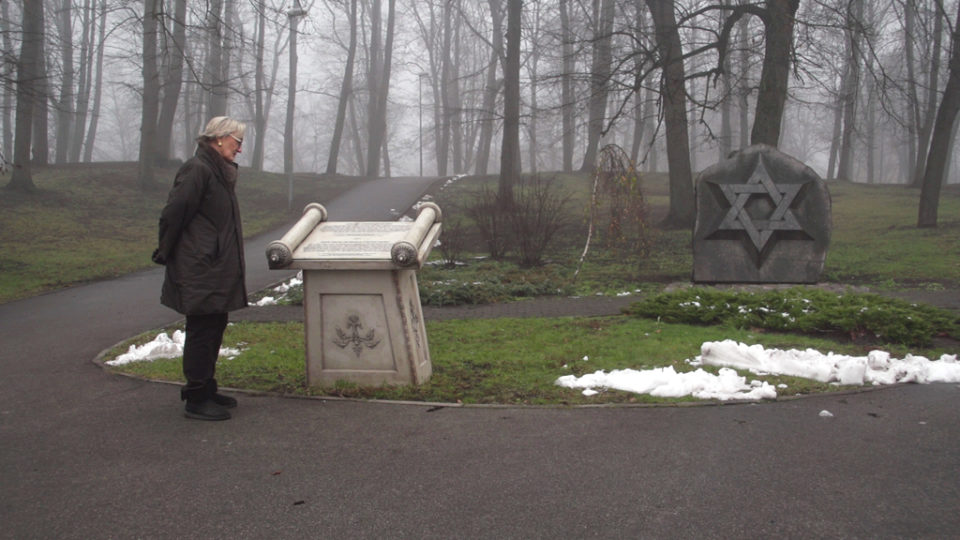
After having lunch, I go to Ludza Ilea where Kalman, his mother, Sonia, and his older brother, Henech, were imprisoned in the Riga ghetto. Eight thousand, mostly Russians, lived in the 8-block area. The Nazis moved them out and moved 30,000 Riga Jews into these small two-story wood clapboard houses. Kalman shared one room on the second floor with his mother and brother. The ghetto was closed in September of 1941, and every day he had to walk through the guarded gate to go to work and to return. A photo below shows me looking at a map of the ghetto on Ludza’s street where they lived with my interpreter, Victoria. The other photo shows the entrance to the ghetto during the war. I walked these streets in 2004, but I only recently found his address on Ludzas Iela 75/77.
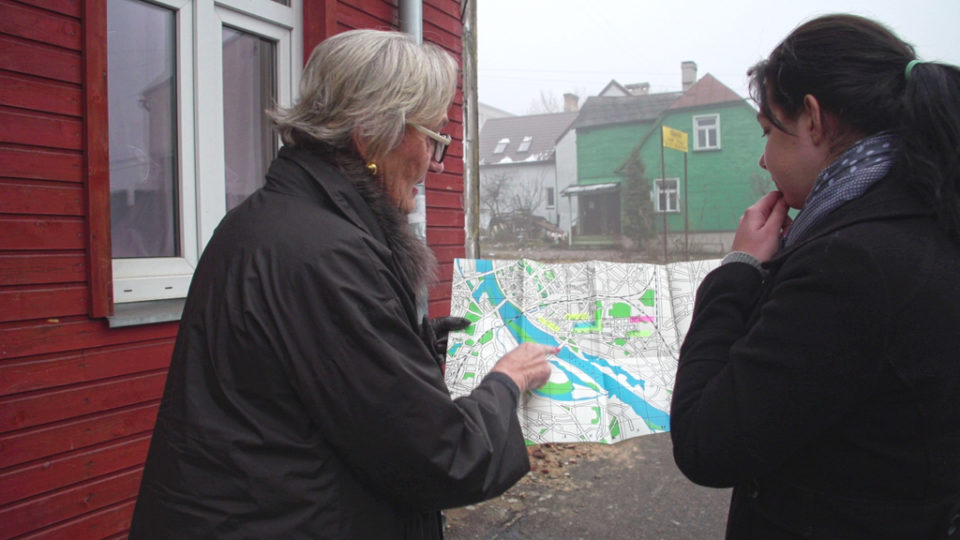
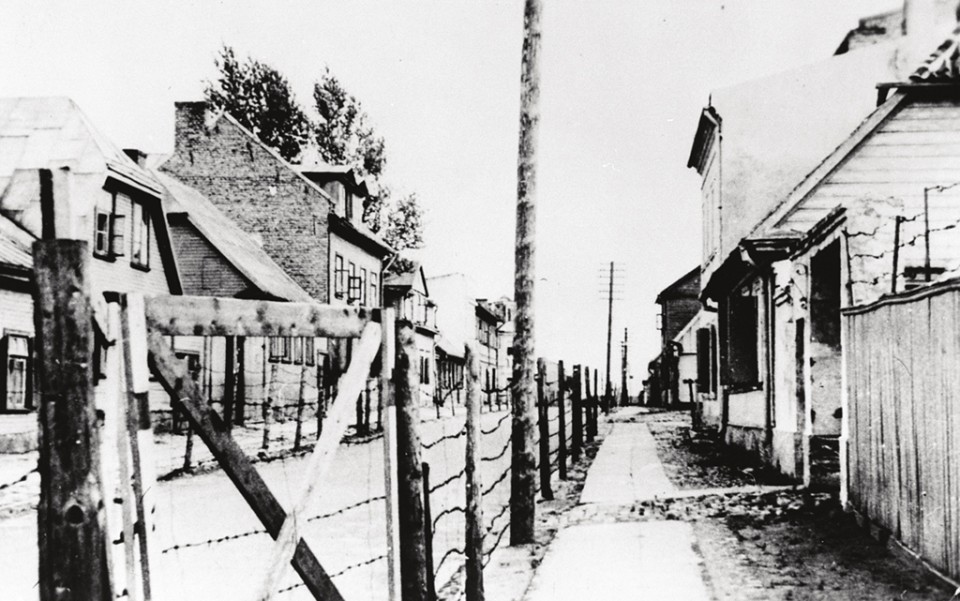
Finally, I drive to Rumbula forest where Kalman’s mother was brutally executed along with 25,000 other Jews in 1941. This is the most difficult visit. Today there is a memorial amidst the large trenches the Nazis prepared for the Riga Jews. They lined the prisoners up in single file; told them to put their shoes in one pile, their clothes in a second one and walk to the trenches. They were then told to lie down in the trench where they were shot, and as one layer of people was executed, a second group of human beings were told to lie down on top, and of course they were then shot. This continued the afternoon and early morning of November 29/30 and then again on December 8. We know exactly what happened because a young girl, Frida Michelson, dropped down in the shoe pile, hiding; then waited until it was safe; and she returned to the ghetto to report what had happened. She wrote the book: I Survived Rumbuli.
In 2004 to honor of Kalman’s parents, Claim and Sonia, I arranged to have a stone placed with their names engraved at this memorial. I have a photograph of it, but today I could not find it. It was hard to read the engraving on the stones damp from fog.
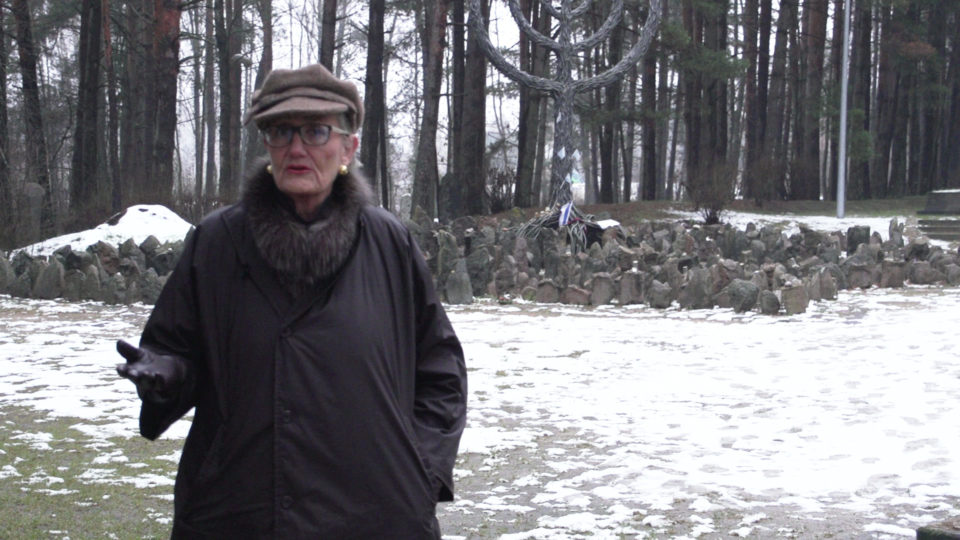
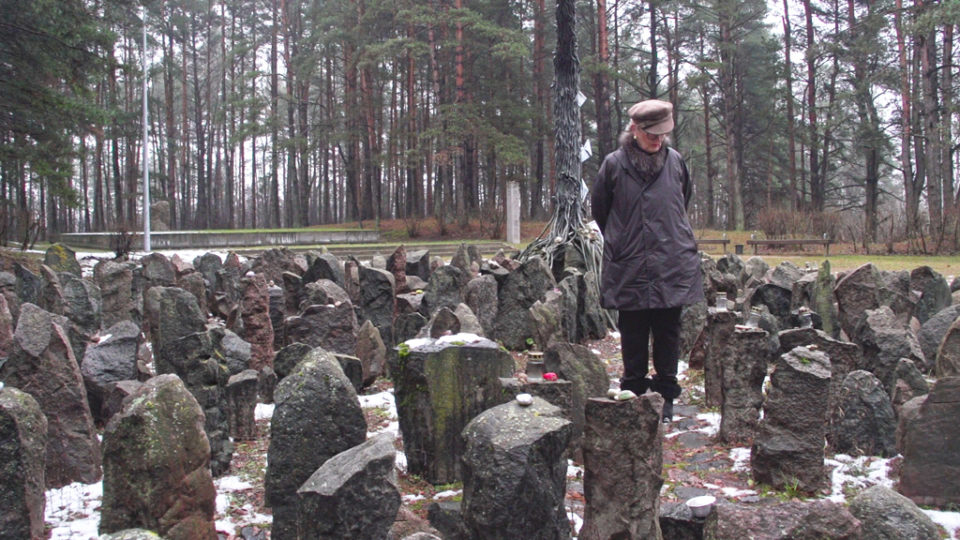
As I stood on this ground, I focused on Kalman’s gifts and legacy. His parents can be proud and grateful that he survived and maintained his integrity; that he was faithful to his muse, creating art; and that he found peace in his 9th decade after choosing to tell his story. I honor him, all his kindred spirits who survived and those who died in the Holocaust. May their sacrifice invite us all to resolve human conflict peacefully and no longer resort to killing as a solution to anything.
Photos ©Nikolajs Krasnopevcevs 2014
IK “Froggy Studio”
© copyright Susan Beilby Magee, 2014

Submit a Comment